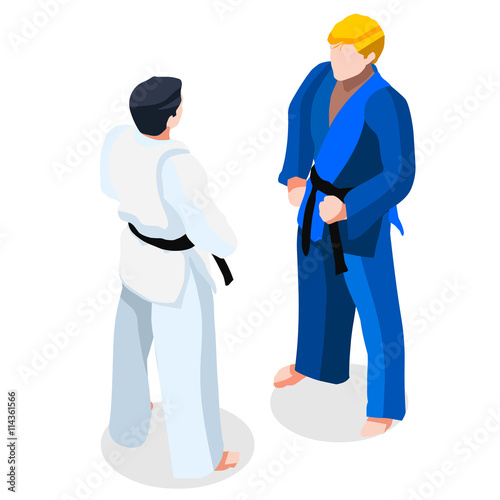Introducing The Range Of Martial Arts Disciplines: A Guide From Karate To Taekwondo
Introducing The Range Of Martial Arts Disciplines: A Guide From Karate To Taekwondo
Blog Article
Short Article By-Carlson Lemming
Are you tired of feeling overwhelmed by the vast world of fighting styles? With martial arts dojo to select from, it can be simple to get lost in a sea of strikes, kicks, and strange names. But worry not!
This discussion will certainly debunk the different fighting styles styles, taking you on a trip from the powerful strikes of Martial arts to the vibrant kicks of Taekwondo. Get ready to reveal the beginnings, methods, and philosophies behind these ancient art forms.
So, tighten your belt and prepare to embark on an informing expedition into the fascinating globe of fighting styles.
Origins of Martial Arts Styles
The beginnings of martial arts designs can be mapped back to old human beings and their requirement for self-defense and combat techniques. Throughout history, various cultures established their own special approaches of battling, each with its own collection of techniques and approaches.
In China, for example, fighting styles designs such as Martial art and Tai Chi were created as a means of protection and enhancing physical and psychological health.
In Japan, the samurai warriors produced styles like Martial arts and Judo, concentrating on self-control, precision, and mastery of the body.
In a similar way, in Korea, Taekwondo emerged as a fighting style stressing high kicks, rapid activities, and psychological perseverance.
These very early human beings laid the foundation for the varied range of martial arts designs that exist today, each with its very own abundant history and social importance.
Techniques and Training Approaches
To grasp martial arts designs, professionals need to learn different techniques and training techniques.
Karate are the particular motions and actions used in combat, such as strikes, kicks, throws, and blocks. Different fighting styles designs have their own one-of-a-kind collection of strategies that professionals should grasp via strenuous training.
Educating approaches vary depending upon the design, yet they usually include a mix of physical conditioning, drills, competing, and forms.
Physical conditioning is crucial to develop stamina, flexibility, and endurance. click for more improve their techniques and enhance their rate and precision.
Sparring permits professionals to practice their strategies in a regulated, sensible setting. Kinds, additionally referred to as kata, are cut-and-dried series of movements that help specialists develop muscular tissue memory and emphasis.
Approaches and Concepts
Checking out the approaches and principles of martial arts designs can give you with a much deeper understanding of your selected technique. Each fighting style has its own special approach and set of leading principles that form the means it's practiced.
As an example, Martial arts emphasizes discipline, respect, and self-control. It instructs experts to focus their body and minds, allowing them to defend themselves while keeping a feeling of internal tranquility.
On the other hand, Taekwondo positions a strong focus on speed, agility, and versatility. Its principles are rooted in the tenets of politeness, integrity, willpower, self-discipline, and indomitable spirit.
Final thought
Since you have actually checked out the origins, methods, and ideologies of various fighting styles styles, you have a deeper understanding of these old self-controls.
Think of a young karate trainee, practicing with steadfast decision and emphasis, breaking through boards with a powerful punch.
Their journey showcases the dedication and strength needed to grasp a martial art, advising us that with discipline and determination, anything is possible.
